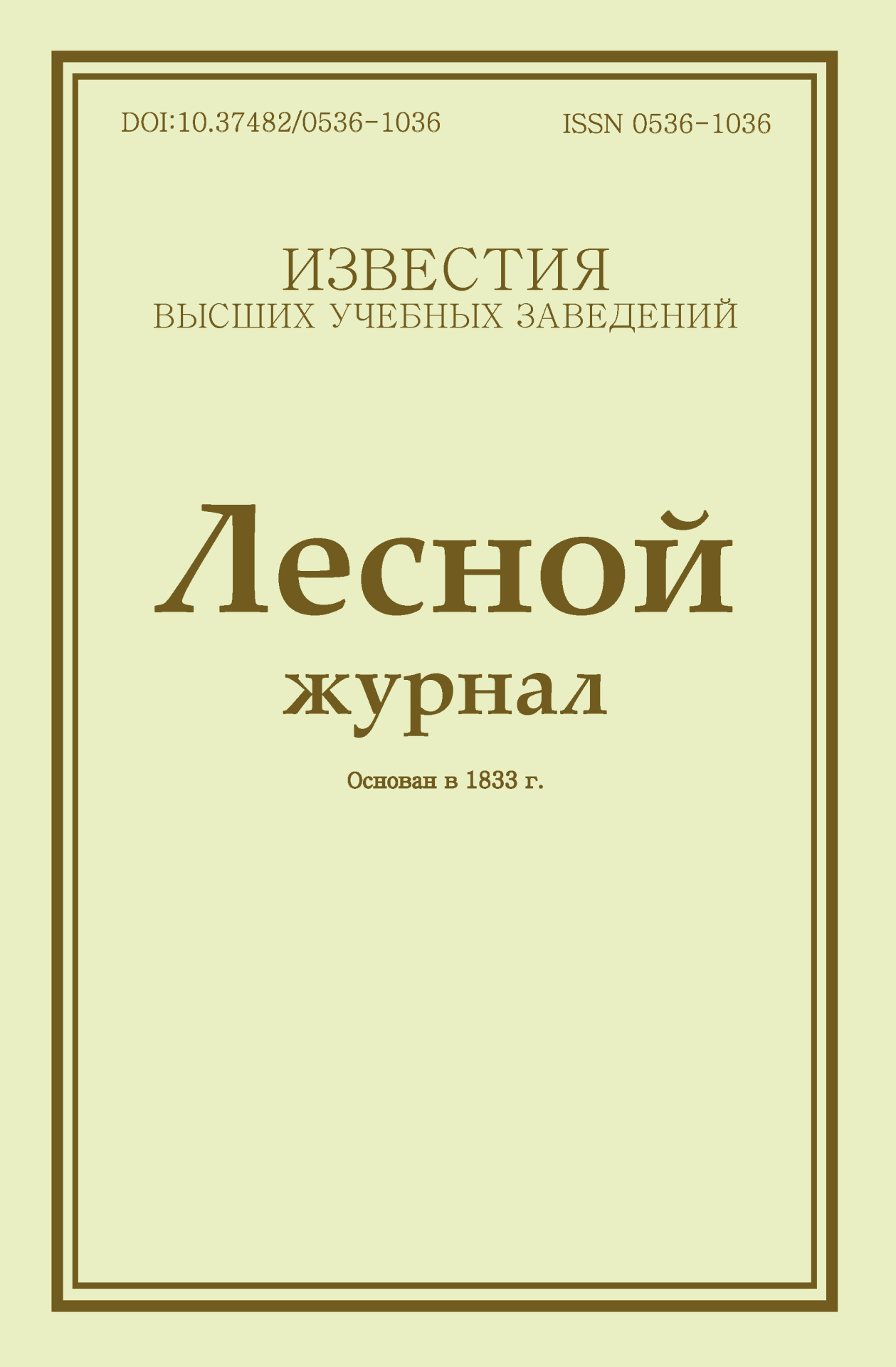Legal and postal addresses of the founder and publisher: Northern (Arctic) Federal University named after M.V. Lomonosov, Naberezhnaya Severnoy Dviny, 17, Arkhangelsk, 163002, Russian Federation Editorial office address: Journal of Medical and Biological Research, 56 ul. Uritskogo, Arkhangelsk Phone: (8182) 21-61-00, ext.18-20
E-mail: vestnik_med@narfu.ru ABOUT JOURNAL
|
Section: Clinical medicine Download (pdf, 0.5MB )UDC[616.728.2:616-036.8]-055.1/.2DOI10.37482/2687-1491-Z229AuthorsNadezhda I. Ishekova* ORCID: https://orcid.org/0000-0002-0506-4375Aleksandr N. Ishekov* ORCID: https://orcid.org/0000-0001-7692-9818 Nadezhda A. Goryannaya* ORCID: https://orcid.org/0000-0002-6127-6540
Lyudmila A. Sharenkova* ORCID: https://orcid.org/0009-0002-4164-6521
(Arkhangelsk, Russia) AbstractHip replacement is one of the common methods of treating hip osteoarthritis. Studying recovery in different gender groups will allow us to develop better methods for all stages of postoperative rehabilitation. The purpose of this research was to compare the functional state of men and women before hip replacement surgery as well as during the early and late rehabilitation periods. Materials and methods. The study was conducted at the Orthopaedics and Traumatology Department of the Northern Medical Clinical Centre named after N.A. Semashko of the Federal Medical and Biological Agency of Russia. The experiment involved 73 women and 67 men (mean age 57 ± 9 years). Patients’ cardiovascular and respiratory parameters, hip range of motion and psycho-emotional state were analysed in the preoperative period (day 1 at the hospital) as well as during the early (day 10–12 (depending on the fixation of the hip prosthesis)) and late (after 3 months of rehabilitation) periods of rehabilitation. The rehabilitation programme included physical therapy, instrumental physiotherapy, mechanotherapy and massage. Results. The analysis of the data obtained showed better recovery of flexion range in women, while men demonstrated greater strength endurance. We found no statistically significant differences in the level of pain between the groups at each stage of the experiment. Higher mean arterial pressure and higher tone of small and large vessels were recorded in men. According to spirographic data, forced vital capacity of the lungs in both sexes before and after hip replacement corresponded to the norm; however, values in women were lower than in men (рm–f = 0.001) during all stages. Interestingly, we found an increase in the percentage of patients with mild depression after 3 months, which in the late period of rehabilitation was more common for women (61.5 %) than men (47.1 %).Keywordship replacement, postoperative rehabilitation, sex-related features of rehabilitation, haemodynamics, spirometry, psycho-emotional state of patientsReferences
|
Make a Submission
INDEXED IN:
|
Продолжая просмотр сайта, я соглашаюсь с использованием файлов cookie владельцем сайта в соответствии с Политикой в отношении файлов cookie, в том числе на передачу данных, указанных в Политике, третьим лицам (статистическим службам сети Интернет).




.jpg)

